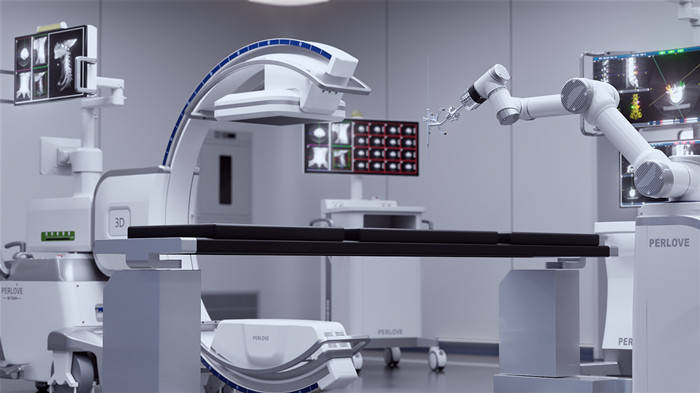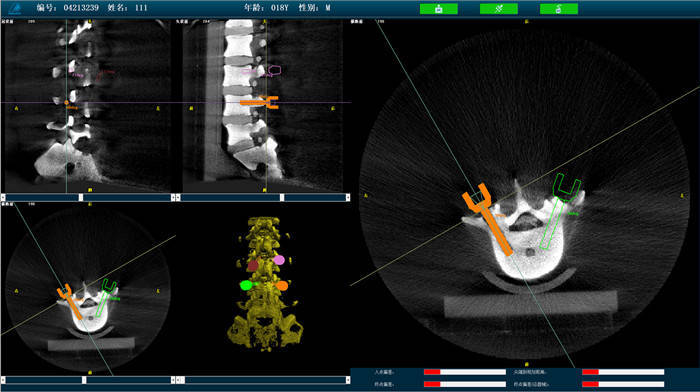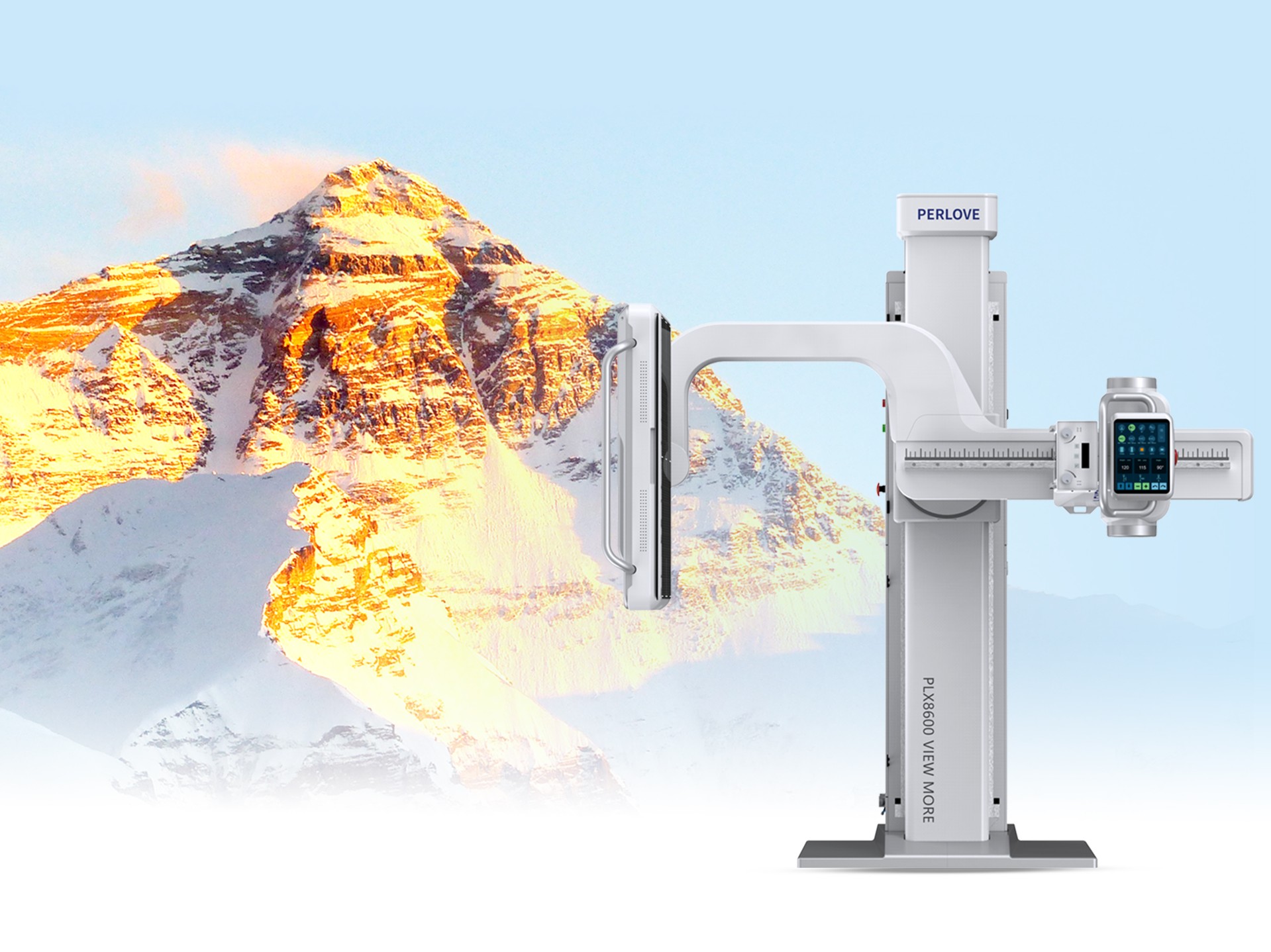News
2022-09-16 14:13:54 Views:7257
Should surgical robots be used in PVP surgery? How do orthopedic surgery robots assist doctors?
Should surgical robots be used in PVP surgery? Osteoporotic fractures of the vertebral body in the elderly are a common disease. The ideal treatment method is percutaneous vertebroplasty. Percutaneous vertebroplasty (PVP) is a minimally invasive surgery. It is also widely used and mature in China. surgery. The surgical incision is small and the bleeding is less, which can quickly achieve the effect of pain relief. The key step of this operation is to insert the catheter into the vertebral body through percutaneous transpedicular puncture. During the puncture process, the important tissues in the spinal canal can be avoided. It needs to be completed by C-arm fluoroscopy. In the face of severe deformity of the spine, it is inevitable that repeated fluoroscopy is necessary to find a suitable location for the channel to be placed, and sometimes the puncture point and path need to be adjusted several times.
With the continuous innovation and development of navigation technology and surgical robot-assisted technology, orthopedic surgical robots have become the core equipment and technology to promote accurate and minimally invasive orthopedic treatment. In the process of orthopedic surgery robot-assisted surgery, the three-dimensional C-arm space scanning is used to collect image data information to identify the injured vertebra. The doctor designs the route on the screen of the navigation system, determines the puncture position, angle, depth and other information, and formulates suitable for the patient. Personalized surgical plan.

Orthopedic surgery robot + 3D C-arm
The robotic arm of the surgical robot accurately positions the surgical tool to the surgical position, installs the robot guide, makes an incision of about 0.5 cm along the guide, drills the guide needle through the pedicle to the position of the posterior wall of the vertebral body, and puts the blunt tip through the guide needle. The separator is inserted into the working cannula, the guide pin is taken out, the bone cement is slowly injected through the bone cement injector, and the bone filling device is removed after the bone cement solidifies, and a vertebroplasty operation is completed. The operation is more accurate and efficient.
Compared with the traditional positioning process, the preoperative planning can only be stored in the doctor's mind, and the preoperative and intraoperative processes cannot be well connected. The intraoperative puncture relies on the doctor's rich experience. For patients with complex conditions, repeated trials are required during the operation. , resulting in prolonged operation time and increased radiation exposure to patients.
For experienced doctors, they are well-deserved "old drivers" who can reach their destination without a map, but with the blessing of surgical robots, the entire surgical process will undoubtedly become easier, and the success rate of the surgery is also affected. better guarantee. For young doctors, the navigation system saves them the time to find and ask for directions, and it will be more helpful to them.

Orthopedic surgery robot accurate positioning
The outstanding features of surgical robots are accuracy and intelligence. For some elderly people with underlying diseases, orthopedic surgical robots assist vertebroplasty with small surgical incisions and less bleeding, which can quickly relieve pain. It has a series of advantages such as optimizing surgical steps, shortening recovery time, fully reducing, preventing bone cement leakage, and preventing postoperative infection.
The PL300B orthopedic surgical robot of Puai Medical has been approved by the State Food and Drug Administration and has been listed as a third-class medical device and has been used in clinical practice. It is mainly used for pedicle screw internal fixation, percutaneous vertebroplasty and other surgical procedures ( Including cervical spine, lumbar spine, thoracic spine, etc.) and other spine surgery. Assisting in accurate positioning of implants or surgical instruments with sub-millimeter precision, especially for minimally invasive surgery and high-risk surgery, it has obvious advantages, which can effectively reduce surgical risks and complications.
The PL300B orthopaedic surgical robot is equipped with a three-dimensional C-shaped arm (with independent core independent intellectual property rights) independently developed and produced. With the help of integrated self-adaptive registration technology, automatic registration and registration are realized. Through preset parameters and intelligent algorithms, the optical measurement system can be automatically established. The three coordinate systems of the positioner, the patient and the image are associated. The system compatibility is stronger, the information matching is more comprehensive, and the registration process is more convenient and efficient.
Orthopedic surgical robots assist surgical operations, make difficult operations safer, minimally invasive open operations, and standardize common operations. With the assistance of surgical robots, medical institutions at all levels can also carry out complex spine operations in the future.
-
CMEF Live Streaming|Perlove’s high-end DRF injects technological power into precision medicine!
Read More » -
UN and Perlove Medical Cooperated for Human Healthcare
Read More » -
Perlove Medical Dynamic Flat DR injects new vitality into plateau medical services
Read More » -
China first!Perlove Medical's PLD9600 Series makes history as the first domestic DRF to obtain EU CE Certification
Read More » -
Perlove Medical's dynamic flat panel DRF successfully installed in Pakistan, Product quality proves reliability.
Read More » -
Discover the Future of Healthcare at MEDIC WEST AFRICA 2024 in Landmark Centre, Lagos, Nigeria
Read More »





